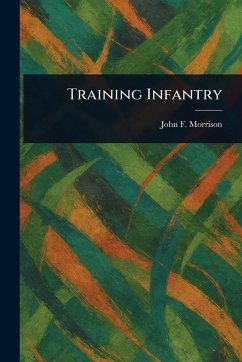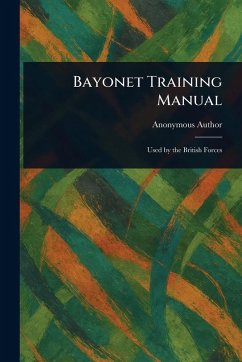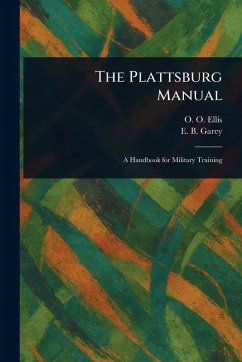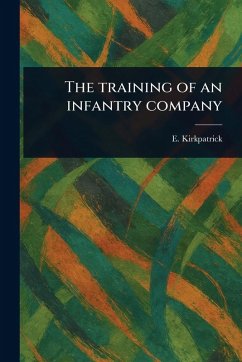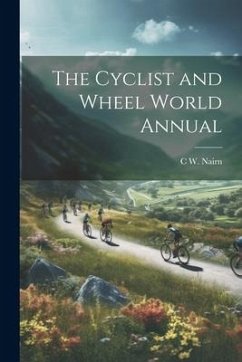
Elements of Trench Warfare
Versandkostenfrei!
Versandfertig in über 4 Wochen
15,99 €
inkl. MwSt.
Weitere Ausgaben:

PAYBACK Punkte
8 °P sammeln!
"Elements of Trench Warfare, Bayonet Training" by William Henry Waldron offers a stark and practical guide to the brutal realities of World War I combat. This historical text, meticulously prepared for republication, dives into the essential elements of trench warfare, with a specific focus on bayonet training. Waldron's work details the rigorous military training regimens designed to prepare soldiers for the horrors of hand-to-hand combat. Explore the techniques and strategies employed in the trenches, where the bayonet was a crucial weapon. From the basics of handling the weapon to advanced ...
"Elements of Trench Warfare, Bayonet Training" by William Henry Waldron offers a stark and practical guide to the brutal realities of World War I combat. This historical text, meticulously prepared for republication, dives into the essential elements of trench warfare, with a specific focus on bayonet training. Waldron's work details the rigorous military training regimens designed to prepare soldiers for the horrors of hand-to-hand combat. Explore the techniques and strategies employed in the trenches, where the bayonet was a crucial weapon. From the basics of handling the weapon to advanced tactics for close-quarters fighting, this book provides a comprehensive overview of bayonet usage in the context of World War I. A valuable resource for anyone interested in military history, weapons, and the grim realities faced by soldiers during the Great War. This work has been selected by scholars as being culturally important, and is part of the knowledge base of civilization as we know it. This work is in the public domain in the United States of America, and possibly other nations. Within the United States, you may freely copy and distribute this work, as no entity (individual or corporate) has a copyright on the body of the work. Scholars believe, and we concur, that this work is important enough to be preserved, reproduced, and made generally available to the public. We appreciate your support of the preservation process, and thank you for being an important part of keeping this knowledge alive and relevant.





